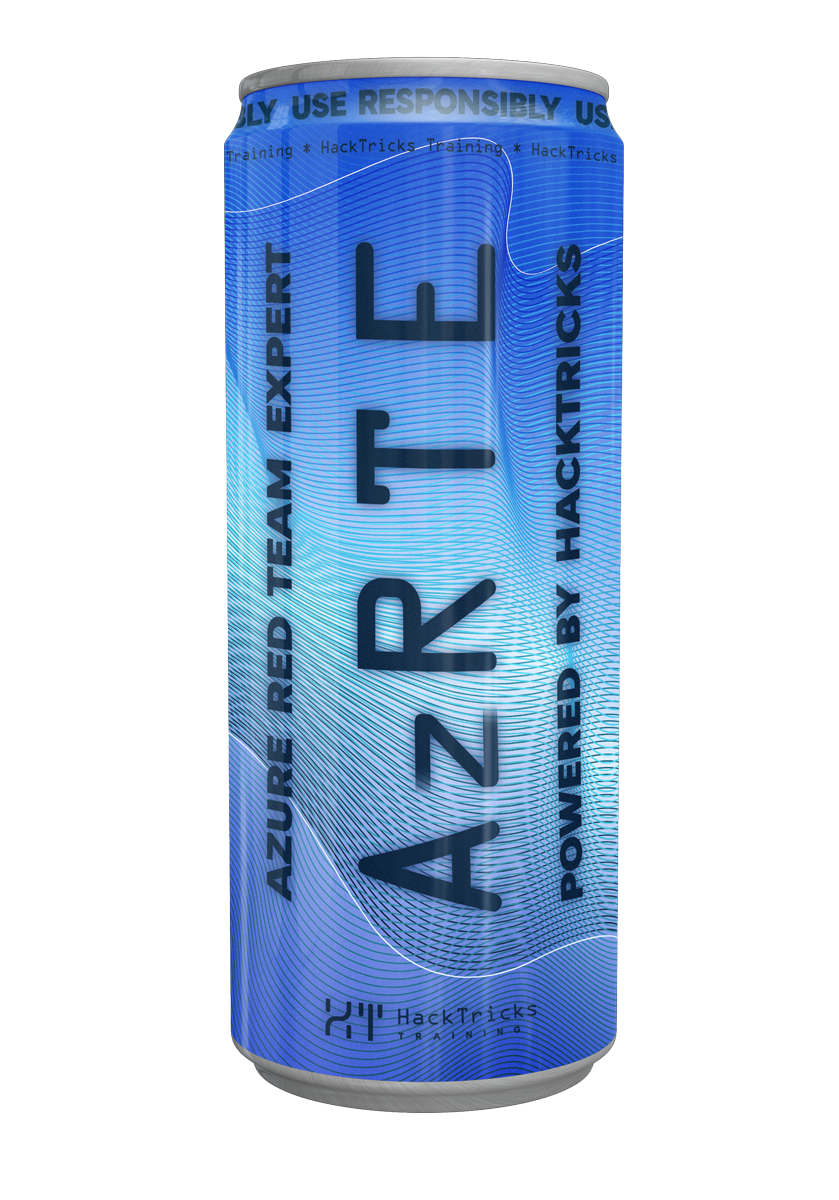Uso Después de Liberar
Reading time: 3 minutes
tip
Aprende y practica Hacking en AWS: HackTricks Training AWS Red Team Expert (ARTE)
HackTricks Training AWS Red Team Expert (ARTE)
Aprende y practica Hacking en GCP:  HackTricks Training GCP Red Team Expert (GRTE)
HackTricks Training GCP Red Team Expert (GRTE) Aprende y practica Hacking en Azure:
Aprende y practica Hacking en Azure:  HackTricks Training Azure Red Team Expert (AzRTE)
HackTricks Training Azure Red Team Expert (AzRTE)
Apoya a HackTricks
- Revisa los planes de suscripción!
- Únete al 💬 grupo de Discord o al grupo de telegram o síguenos en Twitter 🐦 @hacktricks_live.
- Comparte trucos de hacking enviando PRs a los HackTricks y HackTricks Cloud repositorios de github.
Información Básica
Como su nombre indica, esta vulnerabilidad ocurre cuando un programa almacena algún espacio en el heap para un objeto, escribe algo de información allí, libera aparentemente porque ya no se necesita y luego accede a él nuevamente.
El problema aquí es que no es ilegal (no habrá errores) cuando se accede a memoria liberada. Así que, si el programa (o el atacante) logra asignar la memoria liberada y almacenar datos arbitrarios, cuando se accede a la memoria liberada desde el puntero inicial, esos datos habrían sido sobrescritos, causando una vulnerabilidad que dependerá de la sensibilidad de los datos que se almacenaron originalmente (si era un puntero de una función que iba a ser llamada, un atacante podría saber controlarlo).
Ataque de Primer Ajuste
Un ataque de primer ajuste se dirige a la forma en que algunos asignadores de memoria, como en glibc, gestionan la memoria liberada. Cuando liberas un bloque de memoria, se agrega a una lista, y las nuevas solicitudes de memoria se extraen de esa lista desde el final. Los atacantes pueden usar este comportamiento para manipular qué bloques de memoria se reutilizan, potencialmente ganando control sobre ellos. Esto puede llevar a problemas de "uso después de liberar", donde un atacante podría cambiar el contenido de la memoria que se vuelve a asignar, creando un riesgo de seguridad.
Consulta más información en:
tip
Aprende y practica Hacking en AWS: HackTricks Training AWS Red Team Expert (ARTE)
HackTricks Training AWS Red Team Expert (ARTE)
Aprende y practica Hacking en GCP:  HackTricks Training GCP Red Team Expert (GRTE)
HackTricks Training GCP Red Team Expert (GRTE) Aprende y practica Hacking en Azure:
Aprende y practica Hacking en Azure:  HackTricks Training Azure Red Team Expert (AzRTE)
HackTricks Training Azure Red Team Expert (AzRTE)
Apoya a HackTricks
- Revisa los planes de suscripción!
- Únete al 💬 grupo de Discord o al grupo de telegram o síguenos en Twitter 🐦 @hacktricks_live.
- Comparte trucos de hacking enviando PRs a los HackTricks y HackTricks Cloud repositorios de github.
 HackTricks
HackTricks